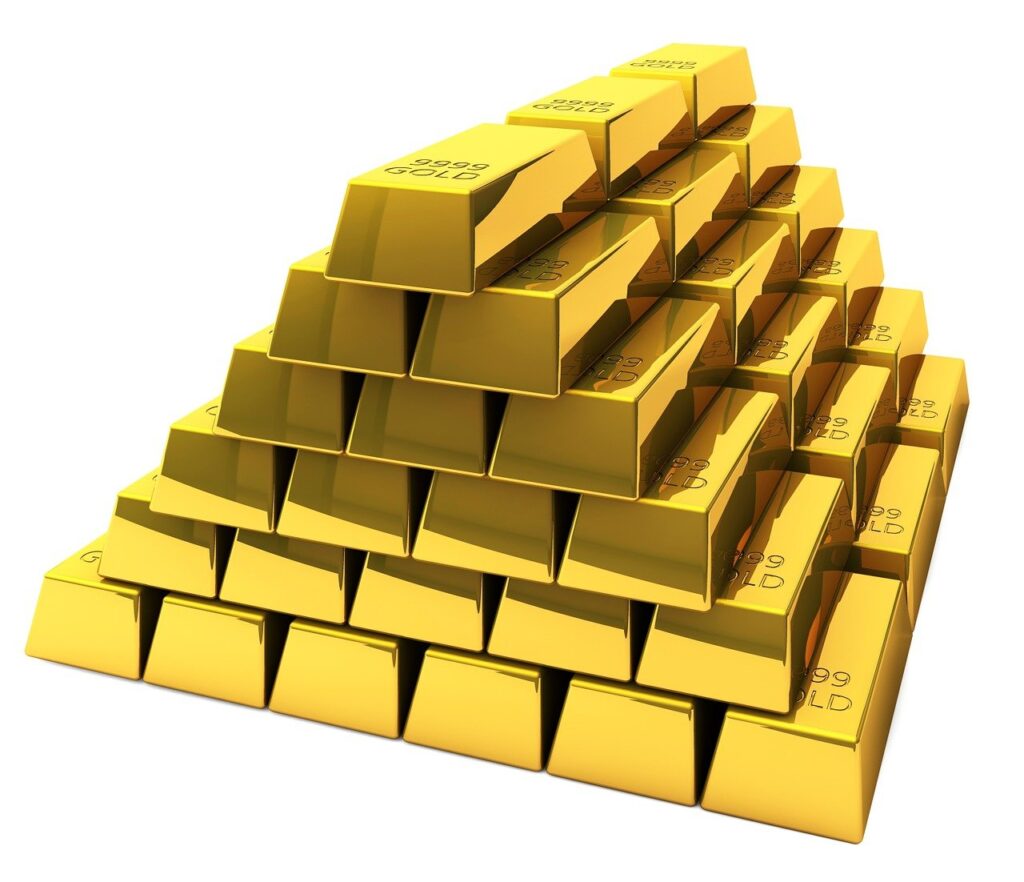
If you believed that the Moon revolved around the Earth without altering its motion and that it would continue to do so for the next few millennia, today you will learn that this is actually not true. our natural satellite se is gradually moving away from the Planet and this we have been able to verify since in 1969 NASA installed reflective panels on the lunar surface during the Apollo missions. Since then, have been launched from Earth laser rays that have made it possible to know precisely the annual rate of distancing from the Moon.
The distance from our only natural satellite is imperceptible to the human eye.
The first scientist to notice this singularity was Edmond Halley almost 300 years ago, who after studying the records of ancient eclipses was able to reach this conclusion. It is estimated that this setback is due to the friction exerted by the tides on the oceanswhich influences the speed of the Earth’s rotation: by slowing it down, the resulting loss of angular momentum is compensated in the acceleration of the Mooncausing him to move further and further away.
The Moon currently moves away from us at a rate of 3.8cm/year (1.5″/yr). BUT this ‘lunar retreat’ rate has varied from 0.13 28 cm/year over the last 4.5 billion years.
Anyway, here’s a rough idea of what it may have looked like, and read on for the cause and science paper link pic.twitter.com/Xwf1TPuUML— Dr James O’Donoghue (@physicsJ) September 25, 2019
It has now been shown that the Moon is moving away from the Earth at a rate of about 3.8 cm each year. Researchers from the University of Utrecht and the University of Geneva have put into practice different methods to determine the lunar past. The retreat of the Moon has been studied on different occasions: to the different theories, some novelties are added. The recent signs were found in ancient rock layers from the earth.
Relationship between sediments and Milankovitch cycles
In Western Australia, study scientists have found geological evidence that is 2.5 billion years old. In the sediment layers of Karijini National Park, once deposited on the ocean floor and now found in the earth’s crust, are identified regular intervals of rocks of different thickness and tonality. These variations in rock patterns could be related to the “Milankovitch cycles”.
In addition to affecting the Earth’s climate for long periods of time, the Milankovitch cycles influence the distancing of the Moon, specifically through one of them: climatic precession cycle. The precession movement of the Earth or change of orientation of the spin axis of the Earth It has been seen altered over time. It currently has a cycle with a duration of 21,000 years, but this period would have been shorter in the past when the Moon was closest to Earthas detailed in the study.
How would the lunar receding affect the Earth?
First, as the rate of rotation of the earth decreases, the days on earth will get longer. Secondly, winters will be much colder and summers much warmer. And due to the lower gravitational influence of the Moon on the Planet, heThe tides would no longer be so marked. Even so, they will continue to exist, although slight, due to the effect of the Sun.
One thing is certain: we should not worry about its absence, because will never escape the pull of earth. At a certain moment, it will happen that the Moon and the Earth will reach an equilibrium and the Moon will stop moving away.
#Moon #moving #Earth #consequences

